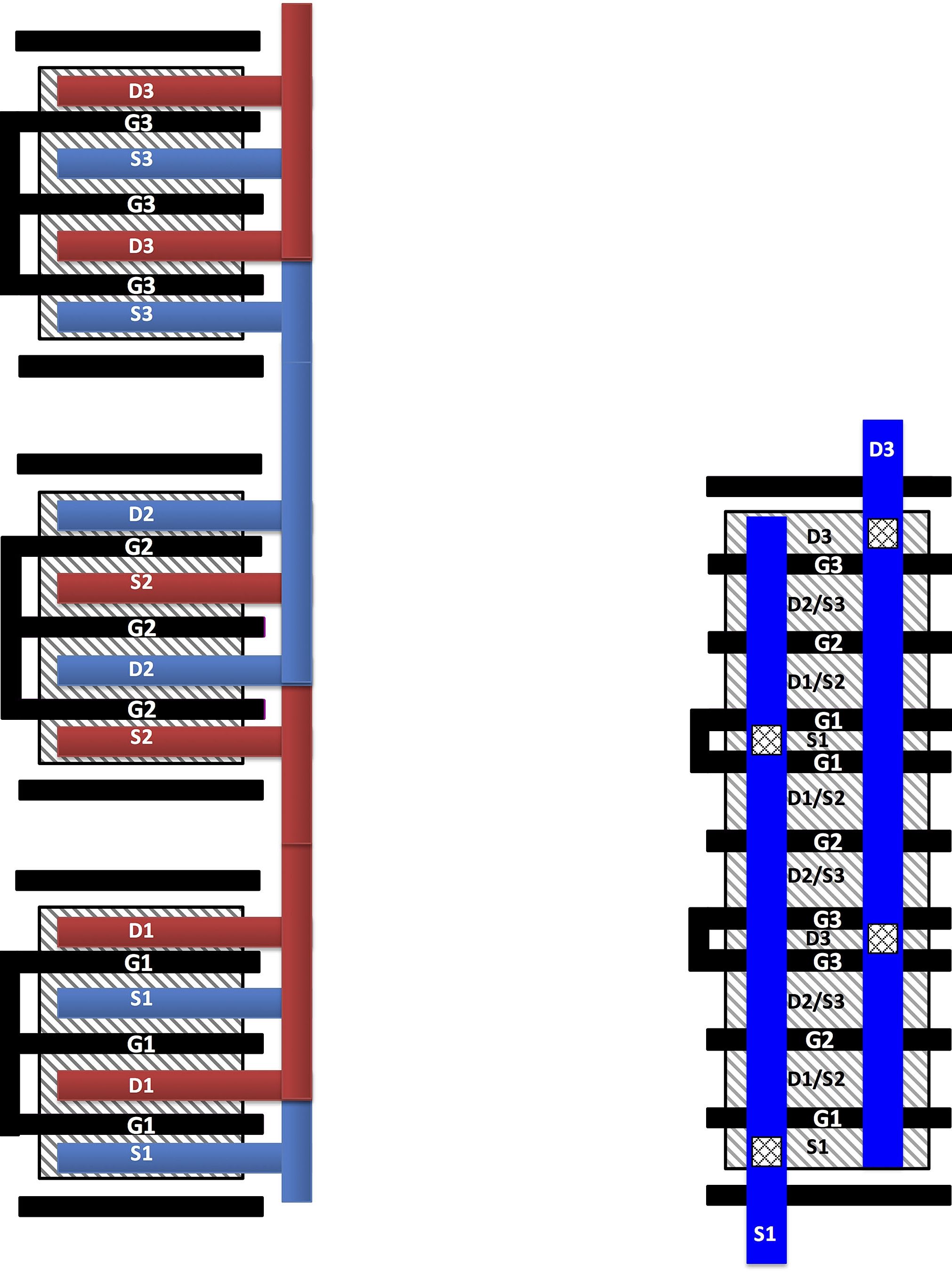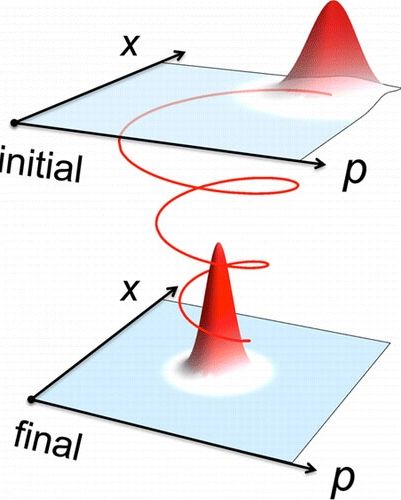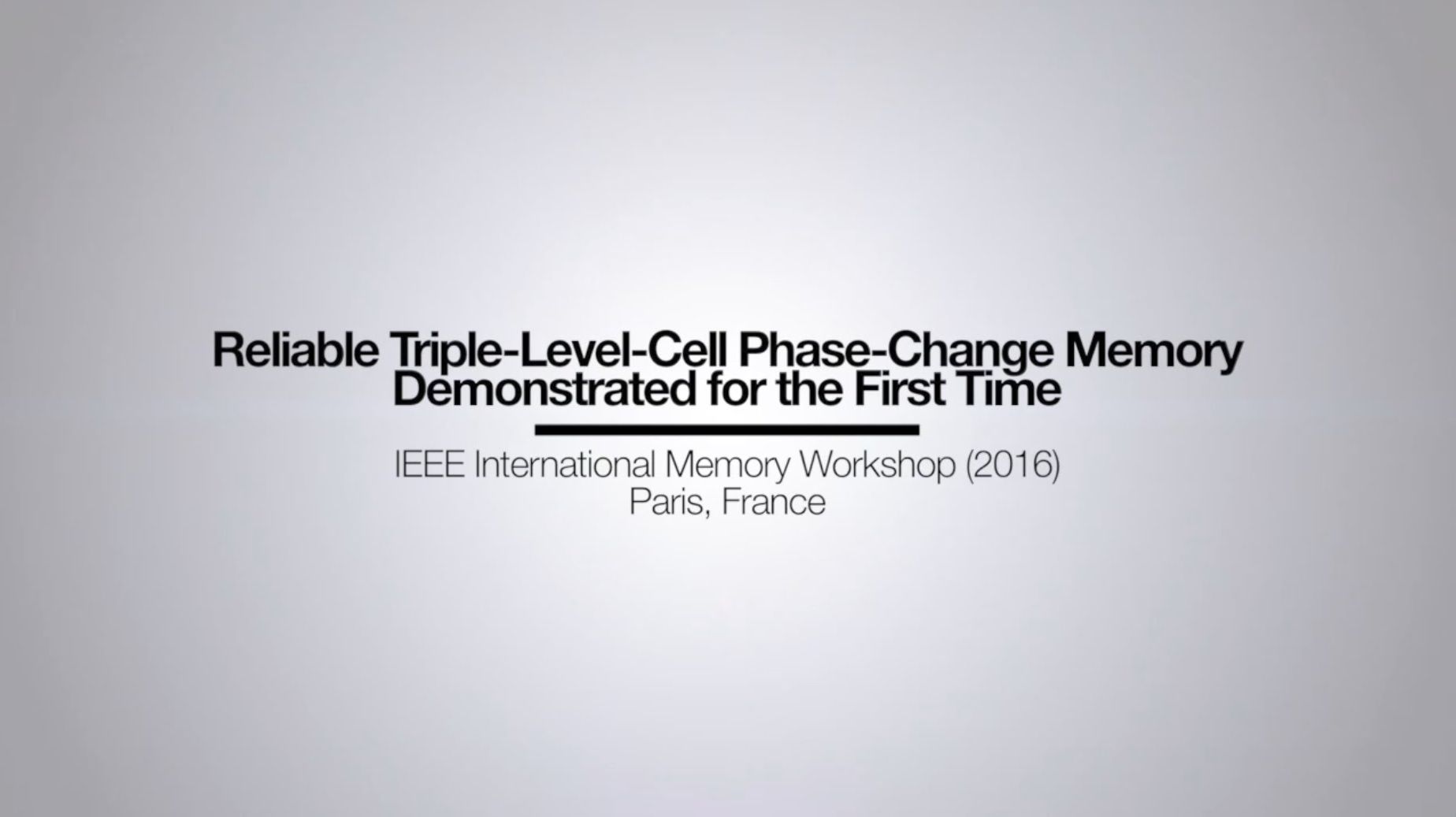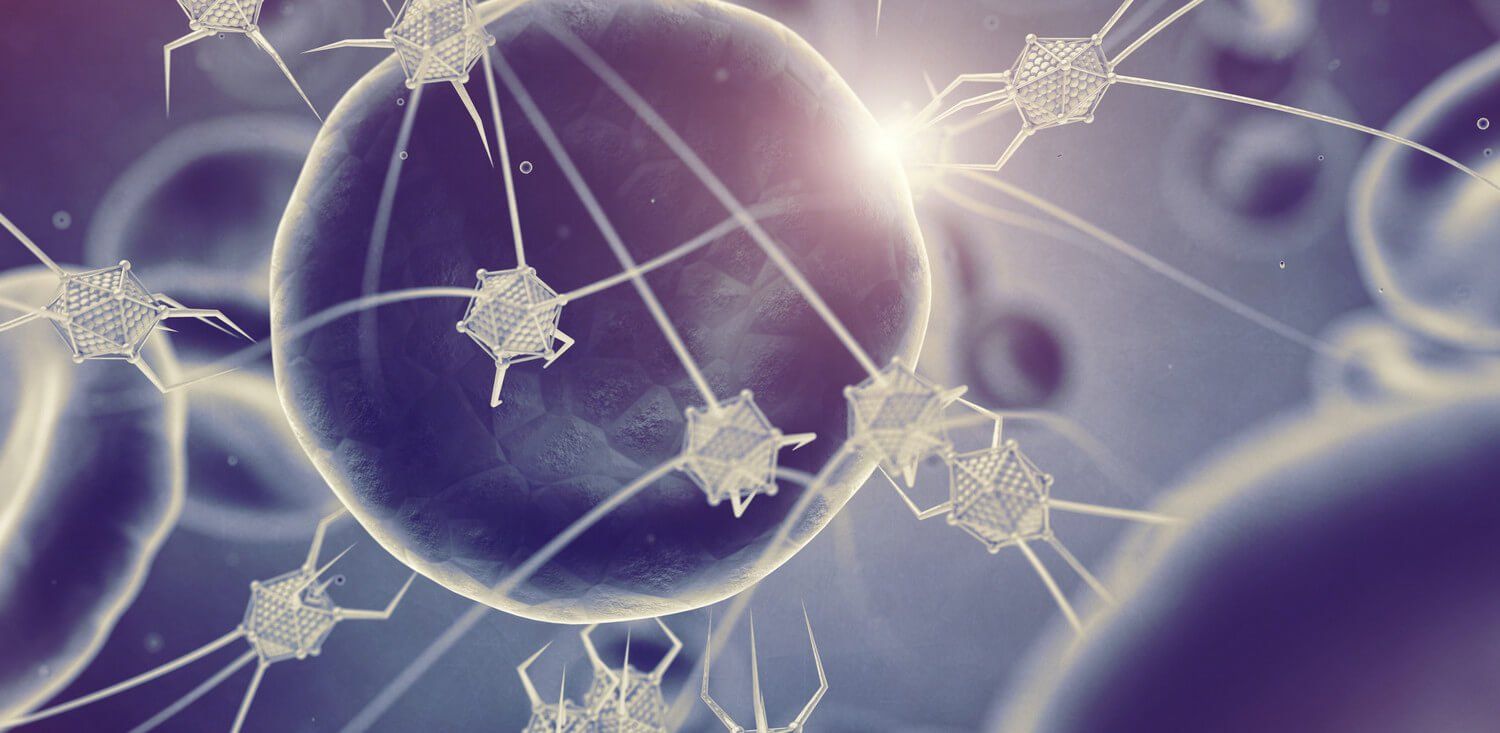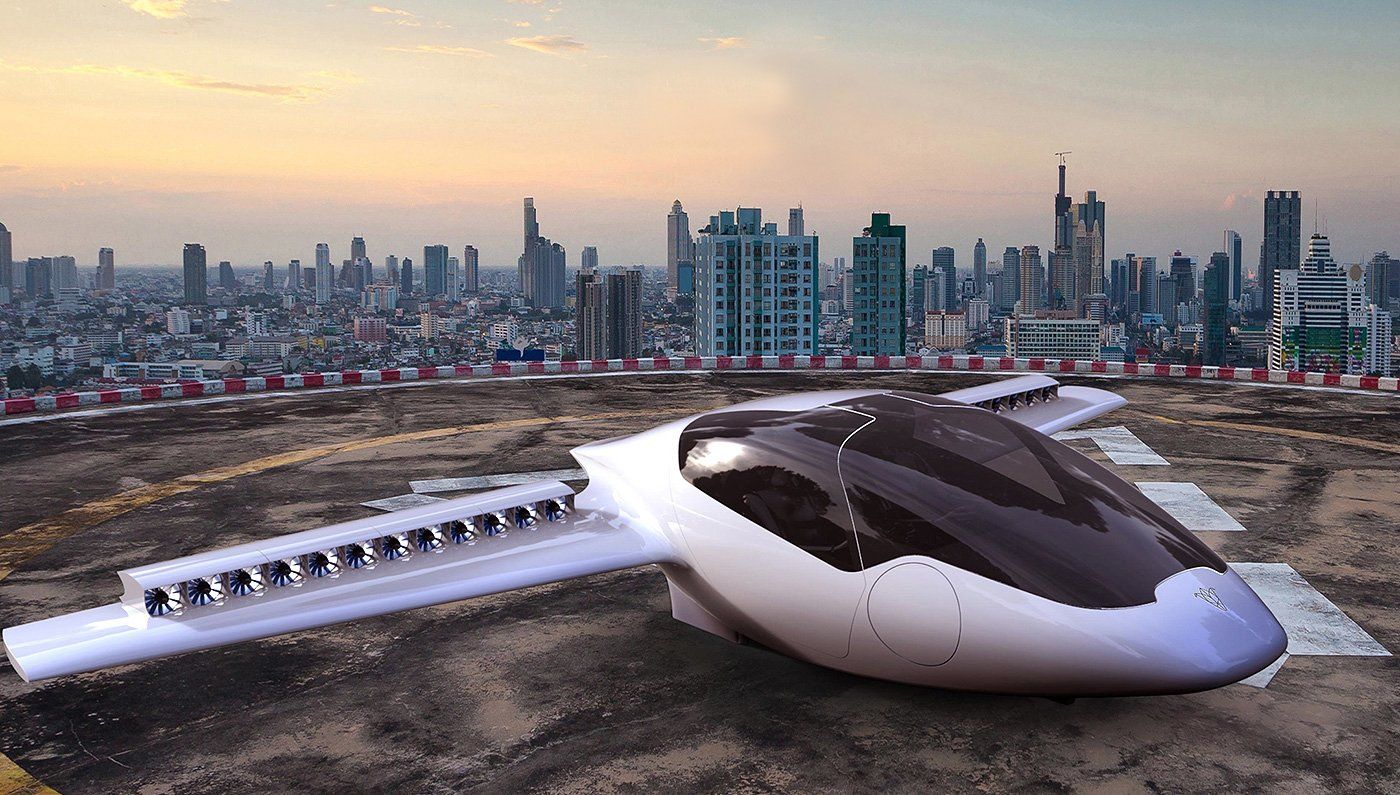A tool able to generate remote forces would allow us to handle dangerous or fragile materials without contact or occlusions. Acoustic levitation is a suitable technology since it can trap particles in air or water. However, no approach has tried to endow humans with an intertwined way of controlling it. Previously, the acoustic elements were static, had to surround the particles and only translation was possible. Here, we present the basic manoeuvres that can be performed when levitators are attached to our moving hands. A Gauntlet of Levitation and a Sonic Screwdriver are presented with their manoeuvres for capturing, moving, transferring and combining particles. Manoeuvres can be performed manually or assisted by a computer for repeating patterns, stabilization and enhanced accuracy or speed. The presented prototypes still have limited forces but symbolize a milestone in our expectations of future technology.

